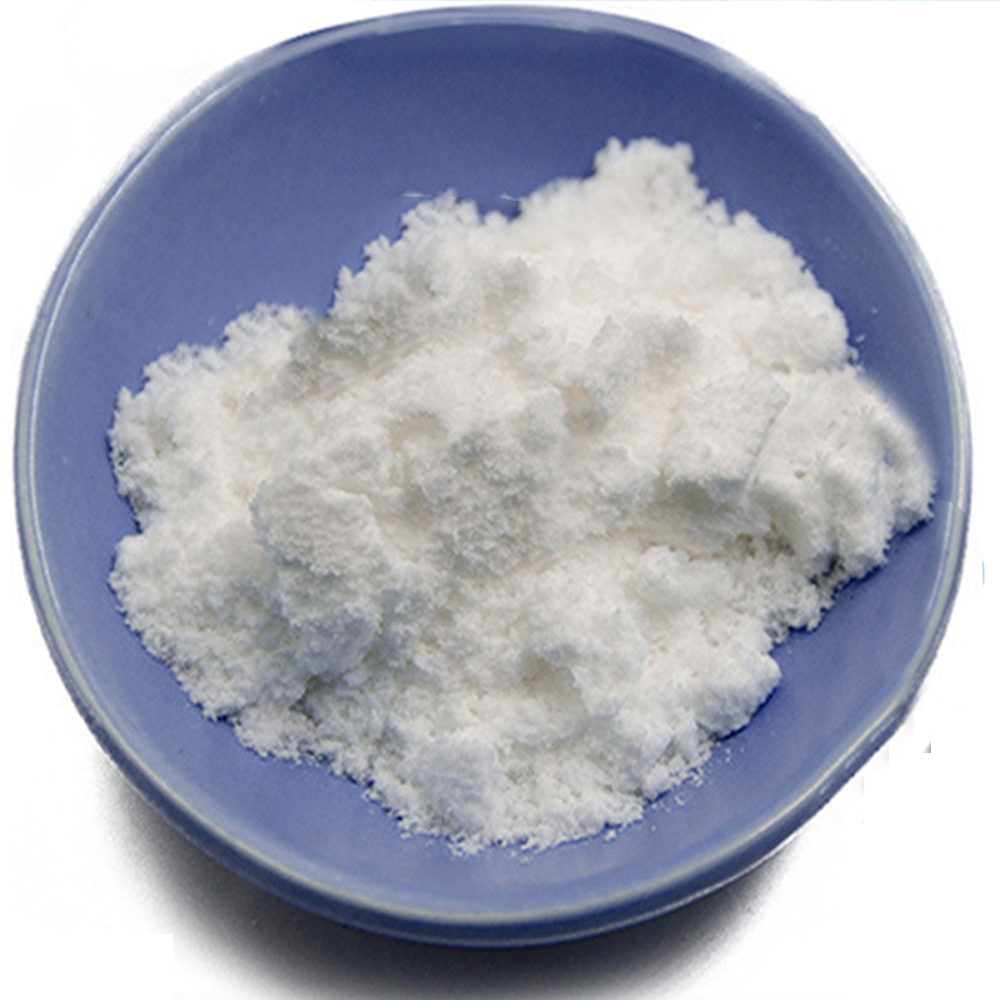



Understanding the Use of Anionic Polyacrylamide as a Flocculant in Water Treatment
Anionic Polyacrylamide Flocculant An Overview of Its Applications and Benefits
Anionic polyacrylamide flocculant is a synthetic polymer widely used in various industries for its effectiveness in water treatment, soil enhancement, and other applications. This versatile compound, derived from the polymerization of acrylamide, possesses anionic properties that make it highly effective in destabilizing colloidal suspensions. As environmental regulations become more stringent and the demand for efficient water treatment solutions increases, the use of anionic polyacrylamide flocculants has gained significant momentum.
Structure and Properties
Anionic polyacrylamide (APAM) is characterized by its unique molecular structure, which includes anionic functional groups. This structure allows the polymer to interact effectively with positively charged particles, facilitating the agglomeration and settling of suspended solids in liquid media. The polymer’s molecular weight can vary, with higher molecular weight polymers offering enhanced flocculation efficiency. The effectiveness of APAM is influenced by its concentration, charge density, and the nature of the wastewater or soil it is applied to.
Applications
1. Water Treatment One of the primary applications of anionic polyacrylamide flocculant is in wastewater treatment. The polymer serves to clarify water by promoting the aggregation of suspended particles, which can then be easily removed. This is particularly important in industries such as mining, paper manufacturing, and municipal wastewater treatment, where large volumes of effluents require efficient processing.
2. Soil Stabilization In agriculture, APAM is used to enhance soil stability and improve water retention. When applied to soils, anionic polyacrylamide can help reduce erosion, increase infiltration rates, and decrease runoff. This leads to improved crop yields and more effective use of water resources, making APAM an integral component in sustainable agricultural practices.
3. Oil Recovery The oil and gas industry has also found uses for anionic polyacrylamide in enhanced oil recovery (EOR) processes. The polymer's ability to increase viscosity and improve the displacement of oil in reservoirs makes it an essential additive for optimizing extraction processes.
4. Construction In construction, APAM is utilized in the preparation of cement and concrete. The flocculant aids in the dispersion of soil and aggregates, improving the mix's workability and strength. This leads to more durable construction materials and has a positive impact on the overall quality of infrastructure projects.
anionic polyacrylamide flocculant

Benefits
The use of anionic polyacrylamide flocculant presents numerous benefits across various sectors
- Efficiency APAM enhances the flocculation process, reducing the time and resources required for sedimentation and filtration in water treatment processes. This translates to lower operational costs and improved efficiency.
- Environmental Compliance By effectively treating wastewater, APAM helps industries meet regulatory standards, minimizing the impact of effluents on the environment. This aids in preserving water quality and reducing pollution.
- Resource Conservation In agriculture, the application of APAM improves water retention in soils, which is crucial in arid regions and during droughts. This contributes to better water management and conservation efforts.
- Cost-Effectiveness The use of anionic polyacrylamide can lead to long-term savings for industries by reducing the need for additional chemicals and infrastructure in water treatment and recovery processes.
Conclusion
Anionic polyacrylamide flocculant is a remarkable chemical compound that plays a crucial role in modern industrial applications. Its effectiveness in water treatment, soil stabilization, oil recovery, and construction underscores its versatility and importance. As industries continue to seek sustainable and cost-effective solutions, the demand for APAM is likely to grow, further solidifying its place as an essential tool in environmental and industrial processes. Understanding the properties and applications of anionic polyacrylamide flocculant will not only help in leveraging its benefits but also in advocating for more environmentally friendly practices across various sectors.
-
How and Why to Disinfect Water Softeners for Safe, Reliable WaterNewsNov.24,2025
-
Effective Deionized Water Disinfectant Solutions for Healthcare & Industrial UseNewsNov.24,2025
-
Commonly Used Disinfectant for Drinking Water – Global Uses & InnovationsNewsNov.23,2025
-
Chemical to Disinfect Water – Essential Solutions for Safe, Clean Drinking WaterNewsNov.23,2025
-
Blue Water Disinfectant: Safeguarding Global Water Quality with InnovationNewsNov.22,2025
-
Bleaching Powder for Water Disinfection – Affordable & Effective Water Treatment SolutionNewsNov.22,2025
-
Bleaching Powder Drinking Water: Effective, Affordable Disinfection WorldwideNewsNov.21,2025










